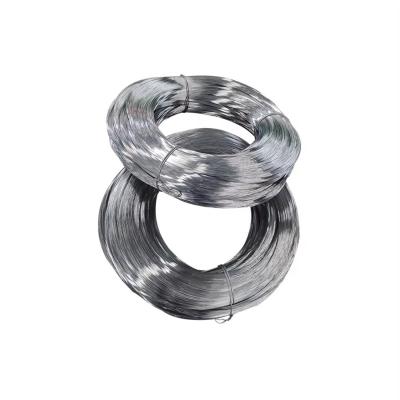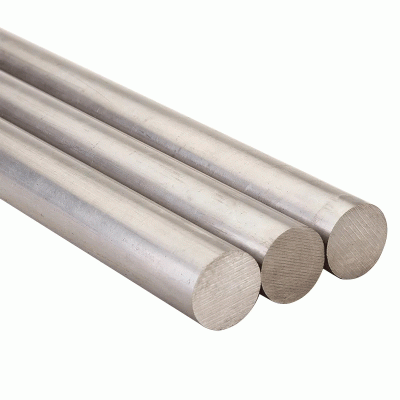What is Stainless Steel Coil?
Stainless steel is initially produced in slabs, which are then put through a conversion process using a Z mill, which converts the slab into coil prior to further rolling. These wide coils are typically made at around 1250mm (sometimes a little wider) and are known as 'mill edge coils'.
These wide coils are further processed using a range of manufacturing techniques such as slitting, where the wide coil is slit into a multitude of strands; this is where much of the confusion around the terminology comes in. After slitting, the stainless steel forms a batch of coils taken from the mother coil and these are referred to by many different names, including strip coils, slit coils, banding or simply strips.
The way coils are wound can result in different names being applied to them. The most common type is known as a 'pancake coil', named after the way the coil looks when laid flat; 'ribbon wound' is another name for this method of coiling. Another type of winding is 'traverse' or 'Oscillated' , also known as 'bobbin wound' or 'spool' due to the fact that it looks like a bobbin of cotton sometimes these can be physically wound onto a plastic spool. Producing coil in this way allows much larger coils to be produced, resulting in improved stability and better production yields.




